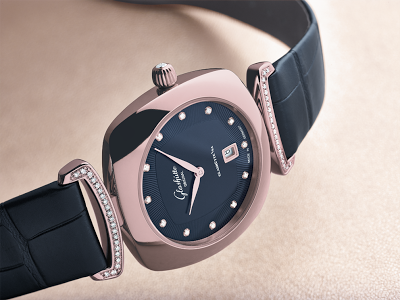 |
| Thierry Chaunu |
Luxury jewelry brand, Mauboussin, has named Thierry Chaunu as its new CEO for North America and the exclusive agent for Mauboussin North America, covering the US, Canada, Mexico and the Caribbean. He will be based at the company's flagship boutique on Madison Avenue and 63rd St., where he will lead the brand's expansion in jewelry, watches, fragrance, writing instruments, sunglasses and gifts.
Chaunu, considered one of the luxury goods industry's foremost experts and spokespersons, was most recently the CEO for North and South Americas for the Italian jewelry brand Damiani. He has 30 years of experience developing and expanding leading luxury brands.
Mauboussin, founded in 1827, is the second oldest jewelry brand at the famed Place Vendôme in Paris.
Chaunu began his jewelry career in the 1980s with Cartier as senior product manager in Paris, before being promoted and transferred to New York as VP of Marketing. In 1991 he joined Christofle as North America president, opening dozens of stores and retail corners. In 1999, he became president North America at Chopard where he opened several freestanding boutiques, key independent jewelry retailers and department stores, as well as establishing the brand at awards shows and on the red carpets with celebrities.
In 2005, Chaunu became president & COO of Leviev Worldwide and launched the brand as a premier provider of large and rare diamonds, opening flagship boutiques in London, New York, Moscow, Dubai and Singapore and developed a wide collection of complication timepieces. In 2010, building on that success, Chaunu created a collection of Swiss chronographs for racing supercars Spyker and revived the Marina B jewelry brand, originally founded by Marina Bulgari.
Please join me on the Jewelry News Network Facebook Page, on Twitter @JewelryNewsNet and on the Forbes Web site.

































